Is Your Money Ready for a Disaster? 24 Ways to Protect Your Finances When Nature Strikes
Discover 24 expert-backed financial preparedness tips to protect your wealth before, during, and after typhoons, earthquakes, or eruptions.
FINANCIAL LITERACY
David Isaiah Angway RFP
10/17/20258 min read


Imagine a family wading through knee-high water, realizing too late the consequences of not preparing financially. With a few simple steps, this can be avoided. Real wealth is about growing your money, keeping it safe, and making it accessible, even in a crisis.
“When Disaster Hits, Will Your Money Survive?”
Most people prepare for storms by charging their phones and stocking canned goods.
Few, however, take comparable steps to secure their finances.

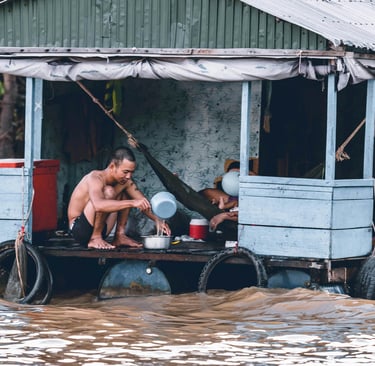
As a financial planner, I've seen this happen many times: people work hard to build wealth but lose access to it overnight because they aren't prepared for disasters. Forty percent of my clients say they couldn't access cash for 48 hours during emergencies. ATMs can stop working. Insurance might not cover what you expect. Even your emergency fund won't help if it's stuck in a flooded bank branch. The following tips offer practical solutions to help safeguard your financial security in any crisis.
Before we dive into practical steps, it’s important to recognize that whether you’re a professional, entrepreneur, or business owner, financial preparedness is your first line of defense.
Financial preparedness buys you time and choices. When facing uncertainty, protect not just your property but your overall wealth. Here are ways to keep your money safe, not just your home, in a disaster.

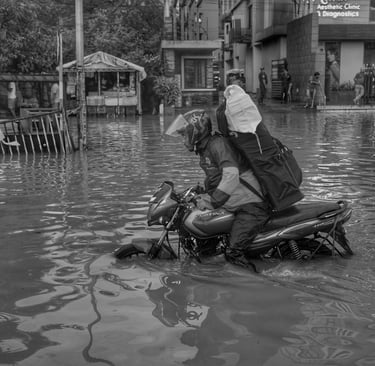
1. Keep Small Cash on Hand
After a typhoon or earthquake, digital payments often fail to function (BoT says payment systems still in operation following earthquake, 2025).
Have ₱3,000 to ₱10,000 in small bills (₱20s, ₱50s, ₱100s), sealed in a waterproof bag at home and in your go-bag. Aim for enough cash to cover at least two days' basic expenses, adjusting the amount for your needs and local costs. For a family of four, two days of food and transport might cost around ₱4,000. This approach transforms advice into practical steps that enable you to act more quickly in emergencies.
One of my clients in Cavite was stranded for three days after Typhoon Ulysses. ATMs were down, and GCash wouldn’t load. The money that kept her family going was ₱5,000 she had stored in a ziplock bag, which she once thought she didn’t need.
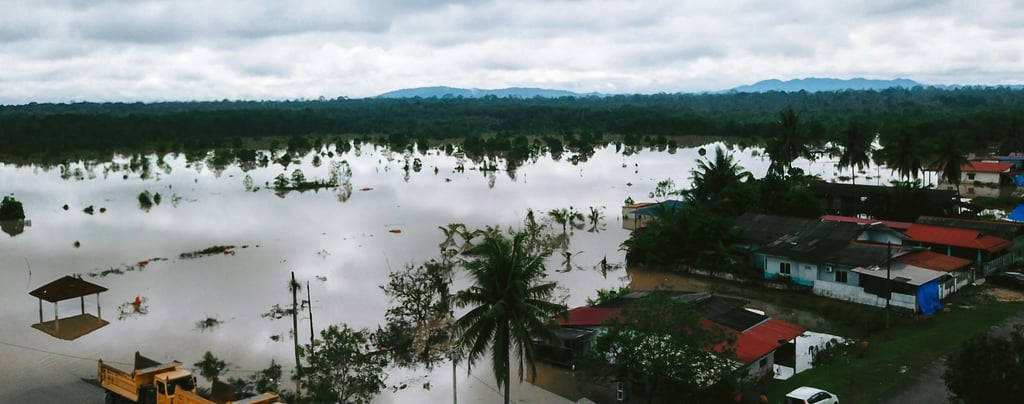

2. Print and Laminate Key Financial Information
Phones can lose power, and cloud logins may fail. Printed documents remain reliable. When was the last time you printed your key financial details?
Keep a printed, laminated copy of:
Bank and insurance account numbers
Financial advisor and emergency contacts
Encoded hints for online logins (never full passwords)
Store one copy at home and another in your go-bag.
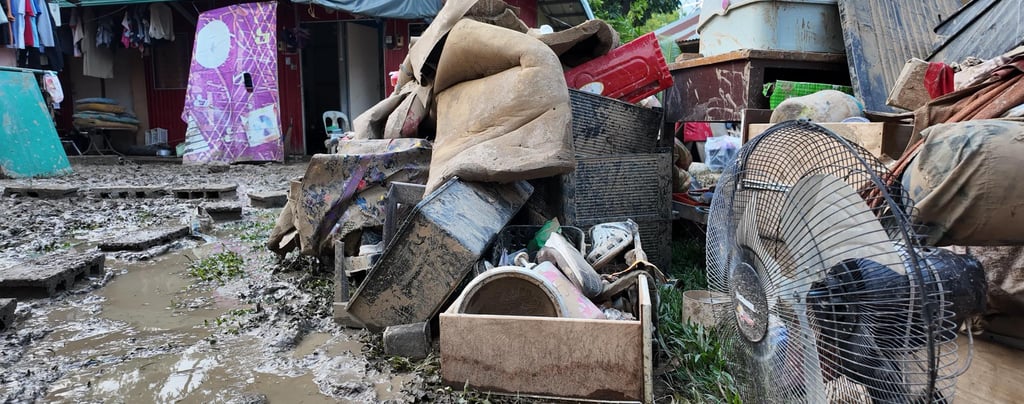

3. Diversify Where You Keep Your Cash
Don’t keep all your liquidity in one place.
Split your emergency cash:
At home (in a waterproof container)
In a family member’s go-bag
Hidden in your car
If one place gets flooded, you won’t lose all your cash.
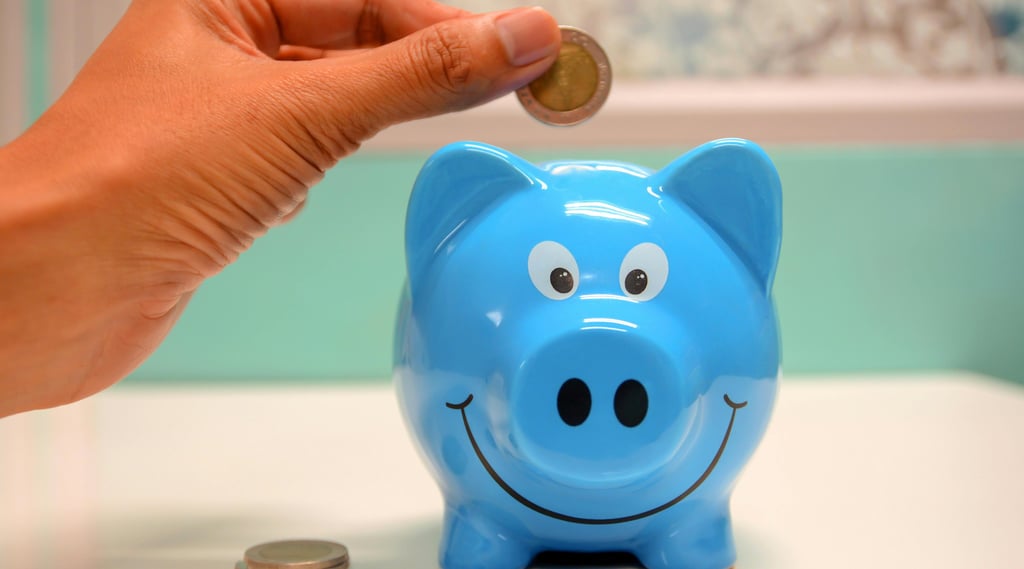

4. Reviewing your insurance policy for coverage is simple.
Locate your policy documents and review the table of contents for sections on 'Coverage,' 'Exclusions,' or specific disasters, such as 'Floods' or 'Earthquakes.' If anything is unclear, contact your insurance agent or provider for clarification. They can explain your coverage and tell you if extra options are available, such as riders for natural disasters. Taking this step ensures you are not caught off guard when you need coverage most.
Check if you have:
Flood, typhoon, or earthquake riders
“Acts of God” clauses in your auto and home insurance
Health coverage for accident-related injuries
A client once told me her car insurance didn’t cover flood damage. This mistake cost her ₱500,000, but she could have avoided it with a single phone call (Acts of Nature Coverage: Why Every Car Owner Needs It, 2025).
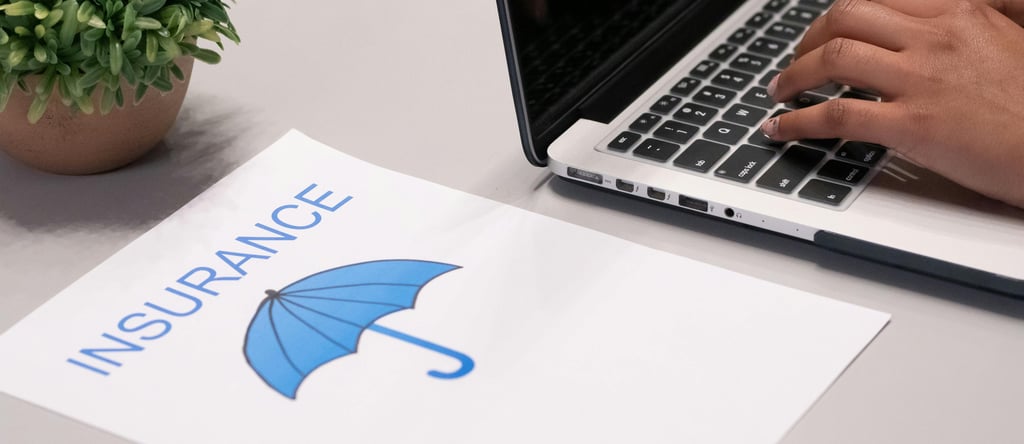

5. Choose Banks With Multiple Channel Access
In the event of a disaster, quick access to funds is crucial.
Pick banks that have:
Reliable mobile app uptime
Multiple city branches
Ties with GCash or Maya
You’ll be glad you did this if your local ATM stops working, but a branch in another city is still open.
6. Keep Emergency Coins
During blackouts, stores and tricycle drivers may only accept cash, typically in the form of coins. A vendor once refused a ₱1,000 bill while candles burned. This small step can make a big difference when you cannot get change for a large bill. Keep ₱50–₱100 in coins in a separate storage.
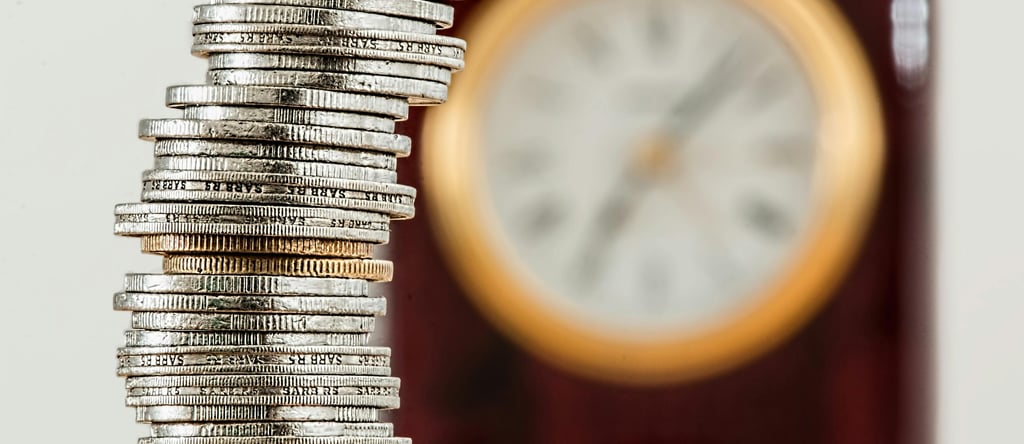

7. Backup Your Financial Documents Digitally
Digitize everything that matters: IDs, insurance policies, land titles, receipts.
Upload to:
Encrypted cloud (Google Drive, iCloud)
USB in waterproof packaging
A trusted family member’s device
Don’t wait until you lose something to realize how important backups are.
8. Plan Alternative Payment Options
If your main payment method fails, what is your alternative plan?
GCash → PayPal → Maya
Bank transfer → Western Union
Ask a trusted friend to withdraw on your behalf.
Make your financial system flexible before you actually need it.

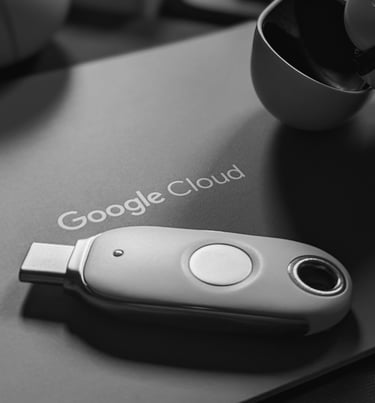
9. Know Your Loan and Insurance Grace Periods
Many banks and insurers offer payment holidays or grace periods following disasters; however, these must be requested (Kentucky Advisory to Insurers Following State of Emergency, 2025).
Take a moment now to save at least one calamity hotline number on your phone. For example, note the NDRRMC Hotline: (+63) 925-863-5454 or PHIVOLCS Hotline: (+63) 927-318-0021. You can also check official emergency service websites for updated hotlines. Doing this now turns knowledge into action and gives you a sense of preparedness.
10. Protect Proof of Ownership
Keep digital and photocopies of:
Land titles
Car OR/CR
Receipts and warranties
Without clear proof, your insurance claims could face months of delay. Well-organized documents can speed up approval and save weeks on claim timelines (Why Do Insurance Companies Delay Paying Valid Claims?, 2025). This direct link between effort and payout underscores the importance of maintaining accurate records.

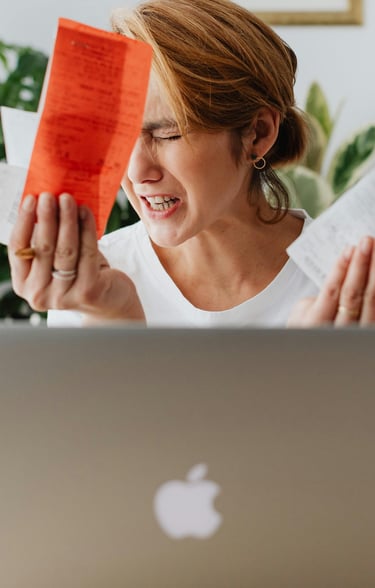
11. Create a Financial “Go Folder”
Aside from your go-bag, have a waterproof folder with:
ATM cards
IDs
Insurance contacts
₱500–₱1,000 cash buffer
Store it somewhere you can quickly grab if you need to leave in a hurry.
12. Teach Family Members Where to Access Money
Financial plans don’t work if only one person knows what to do.
Teach your spouse or teen:
Where the emergency cash is
Who your financial advisor is
How to access basic funds safely
You won’t be able to make decisions if you’re the one who is trapped or hurt.


13. Secure Power for Financial Access
If your phone dies, you won’t be able to access your money.
Keep a solar charger or dedicated power bank purely for emergencies.
Label it, store it, and test it quarterly.
14. Run a Pre-Disaster Budget Simulation
Gather your family for a 30-minute what-if:
“If we lost income for 3 weeks, how would we pay bills?”
List your priorities and spot any weak points before a disaster does.
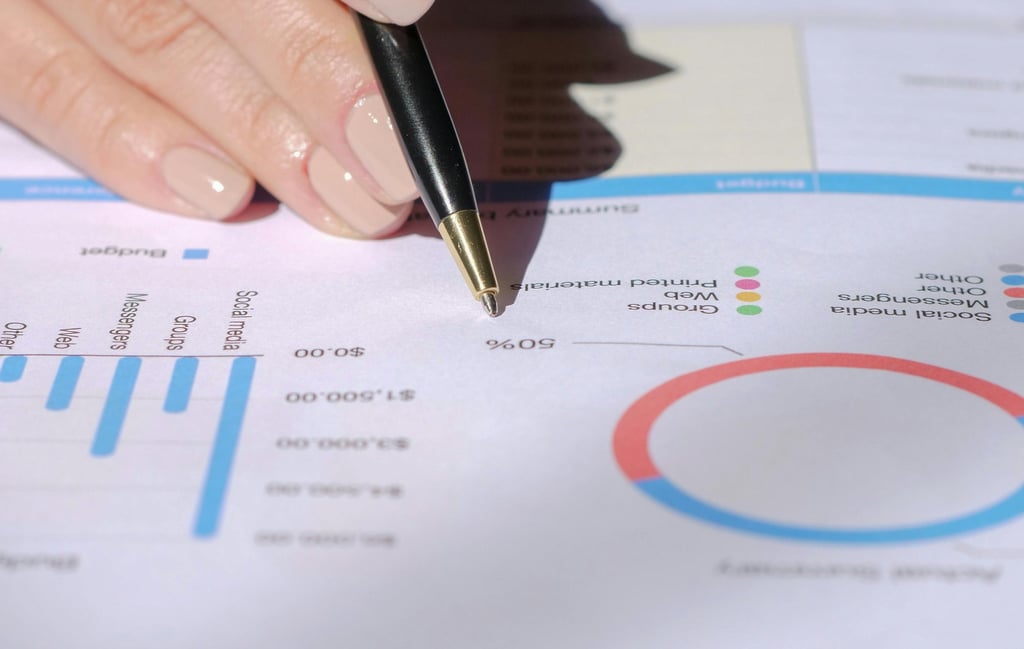

15. Build a "Phoenix Fund."
Beyond emergency funds, set aside 1–2 months of income for post-disaster recovery, including repairs, relocation, and restocking essentials.
By naming this reserve your "Phoenix Fund," you create a sense of pride and purpose, turning contributions into a commitment to rise stronger from setbacks. This helps financially stable families avoid falling into debt after disasters.
Financial Preparedness for Volcanic Eruptions (Rare but Real)
16. Budget for Air and Water Filtration
Ashfall destroys air filters and contaminates water (Ashfall and Health, n.d.).
Set aside funds for:
Extra HEPA filters
Bottled water (2–3 weeks’ worth)
Cleaning gear and masks
17. Insure Against Ash Damage
Ash can corrode roofs, solar pa (Wildfire Smoke and Your Health, 2023)nels, and AC units.
Take photos of your property before an eruption. These pictures are your best proof for insurance claims.

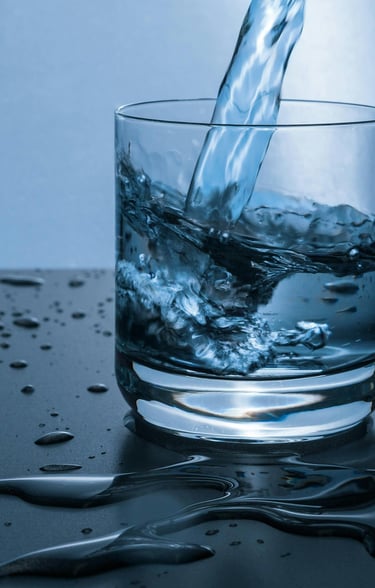
18. Prepare a Relocation Fund
If you live near active volcanoes like Taal or Mayon, keep ₱10,000–₱30,000 ready for temporary relocation.
This money will help cover rent, food, and transportation if you need to relocate.
19. Include Health Costs
Volcanic ash triggers asthma, allergies, and respiratory issues (Volcanic Eruptions, n.d.).
Save money for doctor visits, medicine, N95 masks, and humidifiers.
20. Upload Vital Records Before Ash Season
Ash can make paper unreadable.
Upload digital copies of:
Property titles
Car registrations
Medical records
IDs
Organize your files into folders like “Property,” “Bank,” and “Insurance.”
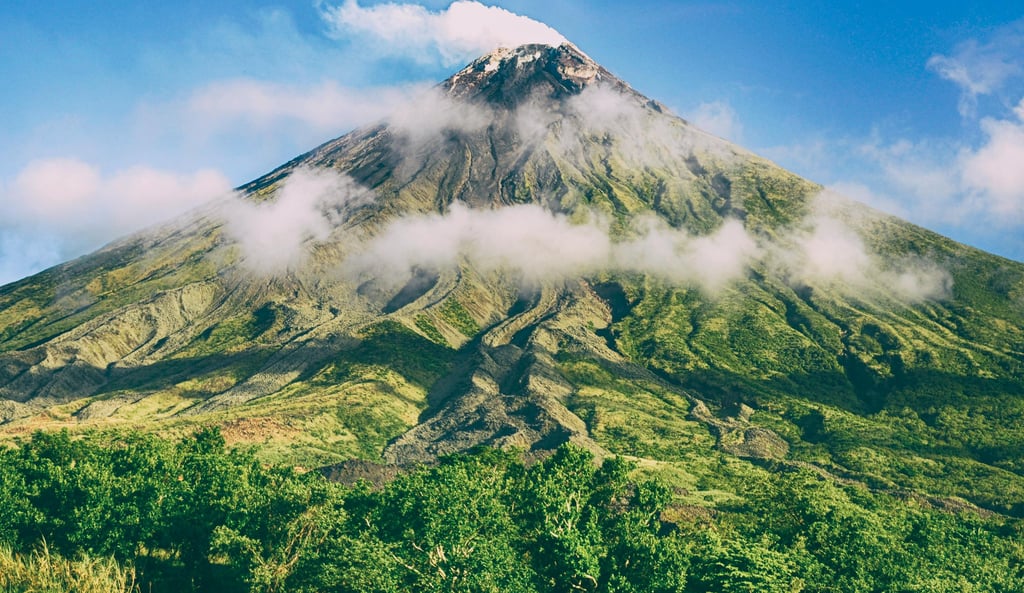

21. Protect Stored Valuables
Ash is acidic. Put jewelry, cash, and documents in airtight plastic bags inside your safe to prevent damage.
22. Identify Alternate Bank Branches
Know your next-closest branch outside the danger zone.
Find and note the location before you need to evacuate.
23. Prepare for Livelihood Disruption
If you’re self-employed or a business owner:
Create a digital backup of permits and invoices.
Build one alternative income stream.
Steady cash flow is not only helpful but also necessary for survival.
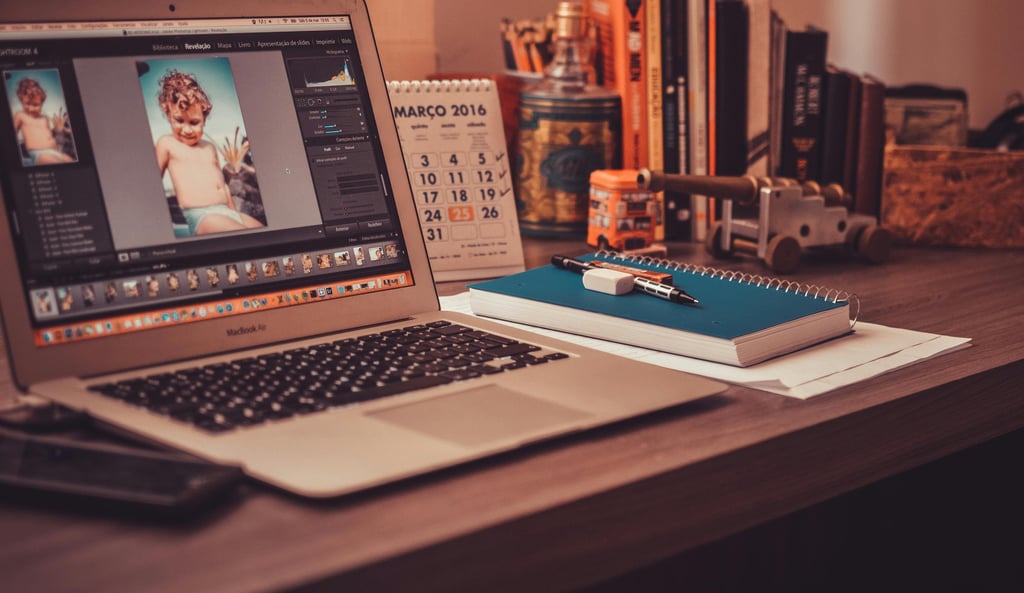

24. Stock Up Before Prices Surge
Masks, goggles, and filters can triple in price (Manila vice mayor warns businesses as face mask prices spike to P200 amid Taal eruption, 2020) after an eruption.
Buy these items early, store them properly, and replace them every 12 to 18 months.
Take early action wherever possible.
Know how to access:
DSWD disaster cash aid
SSS/GSIS emergency loans
Bank calamity assistance programs
A few days of awareness can save you weeks of stress during recovery. Being prepared just a few days ahead can save you weeks of stress during the recovery process.
People often insure things, not systems.
They’ll secure their car but forget their income stream.
They’ll protect their home but not the liquidity that keeps it running.
Wealth is not just about what you own; it’s also about how quickly you can recover.
True financial mastery means designing your life to survive disruptions, not just fund dreams.
“Preparedness is Emotional Peace”
Disasters are unpredictable, but your financial readiness doesn’t have to be.
Being an adult is tough, but protecting your money from chaos is one of the best things you can do for your future self and your family.
Don’t wait for the next disaster to test your finances. Message me now for your personalized Financial Resilience Checklist, tailored to your lifestyle and local risks.
Once you reach out, you will receive a call or email to discuss your needs and schedule a consultation. This ensures your checklist is fully customized. Prepare today and take control of your wealth’s safety.
Disclaimer: The information provided on this blog is for educational and informational purposes only and should not be taken as personalized financial advice.
Investing involves risks, including the possible loss of principal. Past performance does not guarantee future results. Readers are encouraged to evaluate their own risk tolerance and, where necessary, consult a licensed financial advisor before making any investment decisions.
David Isaiah Angway, RFP®, CTEP®, CWA®, is a Registered Financial Planner, a Mutual Fund Advisor licensed by the Philippine Securities and Exchange Commission (SEC), and a Certified UITF Sales Personnel licensed by the Bangko Sentral ng Pilipinas (BSP).
As a licensed professional, he is authorized to assess a potential investor’s risk-return profile and ensure their suitability for investing in Unit Investment Trust Funds (UITFs) before participation.
The views and opinions expressed here are based on reliable public information and professional judgment at the time of writing but do not represent the official views of any financial institution.
The author and publisher shall not be liable for any losses or damages arising from the use or reliance on this information.
